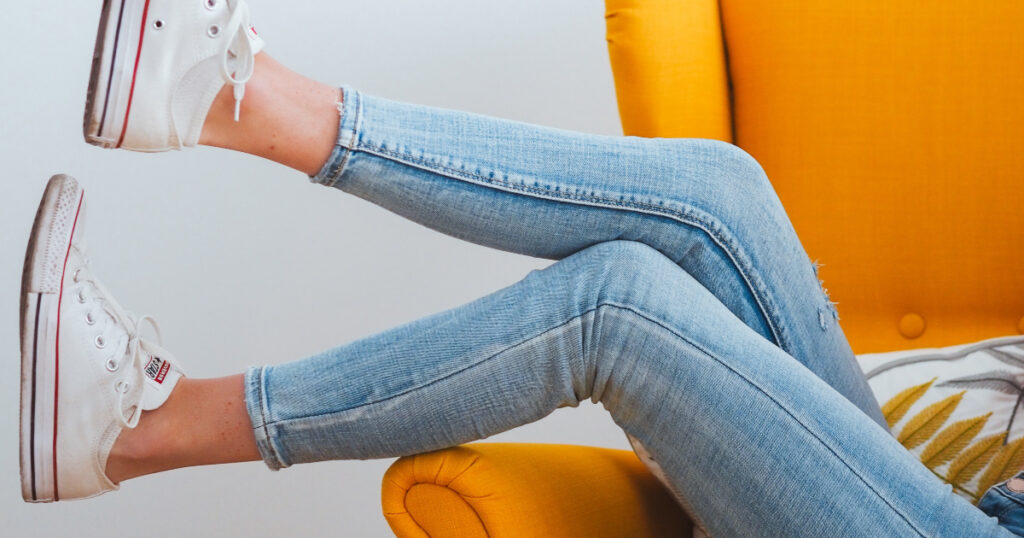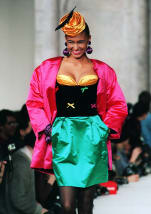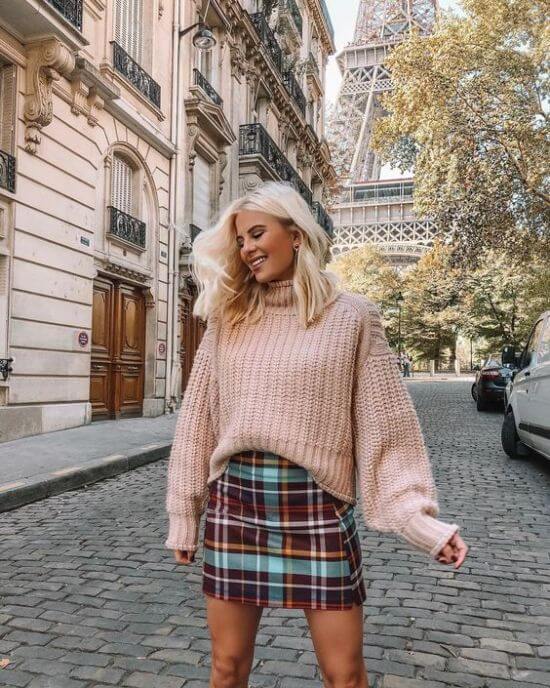
In the nineteenth century, fashion influenced society at many levels. There were many styles and trends to choose from, including fabric and clothing styles. This article will provide you with an overview of the period and the different elements that shaped the way women dressed. We'll also cover reformers, fabric types and periodic fashions.
Styles
Fashion in the 19th century was characterized by the use of elaborate, colorful, and sometimes gaudy fabrics. Changes in consumption habits were also evident during this period. The emergence of mail-order business in the late 1860s changed how people bought and sold clothes. It enabled people to send clothing or accessories via telegram and train. It was very similar today to how online shoppers shop.
The waistcoat, meanwhile, was becoming more elaborate and voluminous. Its fabric was rich in jacquard-woven silk. It could be draped over shoulders or had floral or pailla patterns. The Spencer jacket was also popular and fastened high around the neck. This jacket's sleeves were long enough for the hands to be covered. Pelisses were common in the winter months.

Periodicals
Periodicals were an important source of information in the 19th-century about fashion. There were more than 100,000 different fashion periodicals published in this period, and some have continued on as academic journals. The Lancet, for instance, started publishing in 1823. Titbits is another notable publication that was published during this time. This publication was mentioned in George Orwell’s novel Animal Farm. Other early fashion periodicals included the Ladies Mercury, which first appeared in 1693, and the Young Ladies Journal, which first appeared in 1823.
As the world economy expanded and postal rates rose, magazine publishing also soared. But the gap between high quality magazines and low-cost weeklies remained. The 1830s saw the emergence of cheaper magazines for women. These magazines had very high moral content and little or no intellectual content. Some magazines, such as Lady's Magazine aimed at fair-sex females, were especially popular.
Fabrics
Fabric design underwent major change in the first part of the 19th Century. The silhouettes and fabrics of women's gowns changed. During this time, some fabrics were only worn by women, while others were reserved for men. The Industrial Revolution transformed the way textiles were made, used and marketed. Textile industry innovations led to plain and patterned textiles being produced at a lower speed and cost. This made fabric much more affordable for a wider population.
While textiles became more accessible, the quality of silks was still very expensive. Many nineteenth-century dresses were made from silks that had been popular in the eighteenth century. The dresses of women were often passed down from one generation to another. It is rare to find an 18th century dress that hasn’t been altered.

Reformers
Women in 19th-century England wore many different types of clothing. Many of these outfits were inspired in part by the Reform movement. Women used to wear long dresses with tight corsets during this period. But, by the turn of the century, they were wearing looser dresses that didn't require corsets. Women began to wear suffragist gowns, which were generally white, as a symbol and of purity and moral superiority.
Reformers not only in fashion, but also in interior and architecture design. The British Arts and Crafts movement was especially influential in Germany, and reformers in Austria were also active in the reform of women's clothing. Henry van de Velde was an architect who promoted art nouveau styles and wrote about the aesthetics behind women's dresses. He also observed that modern interior design should be in keeping with modern architecture.
FAQ
What are the seven types of fashion?
The seven types of clothing include casual wear, formal wear, sports wear, business wear, party wear, wedding wear, and special occasion wear.
Formal wear includes evening gowns, formal wear, and suits for weddings and other events. Casual wear can include T-shirts and jeans, as well as shorts, sweatshirts, sweatshirts, and tracksuits. Swimwear, running gear, swimming wear and training clothes all qualify as sportswear. Business wear includes ties and blazers as well as jackets, coats, and jackets. Cocktail dresses, prom dresses and bridesmaid gowns are all part of party wear. Tuxedos (ballgowns), and wedding dresses are all possible. Menswear, womenswear and childrenswear are all suitable for special occasions.
What is the definition of quality clothes?
High-quality materials are essential for clothes of good quality. The fabric used to make them needs to be sturdy enough to last.
Before purchasing an item, it is important to verify the manufacturing time.
You may not want to throw your money away if you buy an expensive item or one that was created by a famous designer.
It's important to remember that if you spend less on an item, you won’t get much use out of it. So, it's important to choose items that aren't too expensive.
Is there anything wrong with dressing differently?
No. There's nothing wrong with dressing differently. Individualists are those who dress differently to others.
Some people believe individualism implies bad dressing. Anybody can look good, regardless of what they wear.
Statistics
- Another ethical fashion company, [43] Consumption as a share of gross domestic product in China has fallen for six decades, from 76 percent in 1952 to 28 percent in 2011. (en.wikipedia.org)
- According to Water, [41] The annual Academy Awards ceremony is also a venue where fashion designers and their creations are celebrated. (en.wikipedia.org)
- GIVE 20% OFF, GET 20% OFF. (asos.com)
- STUDENTS GET 10% OFF GET YOUR CODE (asos.com)
- The lowest 10 percent earned less than $32,150, and the highest 10 percent earned more than $124,780. (en.wikipedia.org)
External Links
How To
How do I find a good fashion trend?
There are many ways you can find a good trend in fashion:
-
Magazines and websites such Vogue, Elle Harper's Bazaar Harper's Glamour Cosmopolitan InStyle, Cosmopolitan etc. are worth a look. These magazines have articles on current fashion trends.
-
Ask friends and family for advice. If they see something new, ask them how they like it.
-
Read blogs online. Every day, bloggers share information on trends. You can learn a lot about trends just by reading their posts.
-
Watch movies or TV shows. The outfits of the characters can tell you a lot more about the latest trends.
-
Visit stores. Stores often display items that represent the latest trends. You can see that there are many leggings in a shop, which is a sign that leggings have become very popular.
-
Go shopping. Take a look at the clothes stores in a mall. You may be able to buy some things there.
-
Take a look at social media. Many famous people upload pictures of themselves wearing certain clothes. This shows you what is most in demand.
-
Google. Type "fashion trends" along with the type of clothing you would like to learn more about.
-
Get inspiration from other countries. There are many cultures all over the globe. Some of these cultures are unique.
-
Follow celebrities. Celebrities always show off their style. You might get some ideas from them about what to wear.